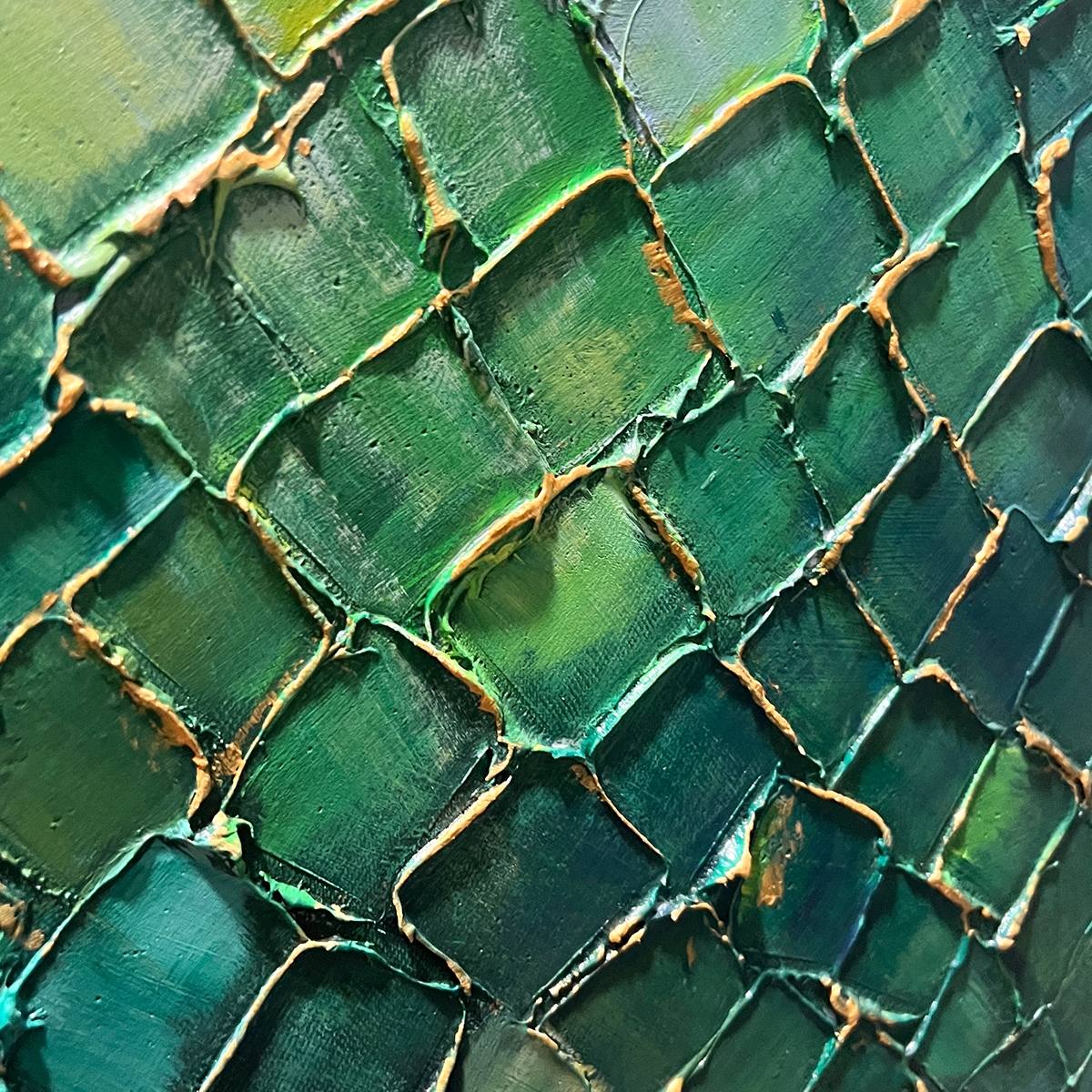Unveiling the Magic of Impasto: Transforming Canvases into Textured Masterpieces
Art is not just about colors and shapes; it's also about texture, and one of the most captivating techniques that brings texture to life is impasto. This Italian term, meaning "paste," refers to a painting technique where paint is laid on the canvas very thickly, creating a three-dimensional effect. The significance of impasto in painting techniques cannot be overstated, as it adds a tactile quality that engages viewers on a deeper level. The visual impact of impasto is undeniable; it draws the eye, invites touch, and provokes an emotional response. Whether you're wandering through an art gallery or admiring a friend's latest canvas, the allure of texture can transform a simple artwork into an immersive experience. In this article, we'll delve into the fascinating world of impasto, exploring its definition, historical context, techniques, and its place in contemporary art.

Understanding Impasto: A Definition
At its core, impasto is defined as a technique in which paint is applied in a thick, textured manner. The origins of this technique can be traced back to the Renaissance, where artists began experimenting with the application of paint to create depth and dimension. Impasto can be achieved with various materials, including oil paints, acrylics, and even pastels. Oil paints are particularly favored because their slow drying time allows artists to manipulate the paint and layer it for maximum effect. Artists often use tools such as brushes, palette knives, or even their fingers to create impasto textures. The result is a vibrant surface that captures light and shadow in unique ways, giving life to every stroke and providing an engaging visual experience.
The Historical Context of Impasto in Art
Impasto has a rich history in the art world, with notable artists such as Vincent van Gogh, Rembrandt, and Claude Monet embracing this technique. Van Gogh, in particular, is renowned for his expressive use of impasto, using thick layers of paint to convey emotion and movement in his works. The technique found its place in various art movements, from Baroque to Impressionism, evolving as artists sought to push the boundaries of traditional painting. In the Baroque period, impasto was utilized to create dramatic effects and enhance the sense of realism in portraits and landscapes. As art movements progressed, the technique continued to adapt, reflecting changing aesthetics and the artists' desire for personal expression. Today, the legacy of impasto is evident, as it remains a vital part of the artistic dialogue.
Techniques for Creating Impasto Effects
Creating impasto effects involves a variety of techniques that can dramatically alter the final artwork. One common method is the use of brushwork, where artists apply paint with a brush to create texture and movement. A palette knife can also be employed, allowing for bold strokes and a more sculptural appearance. Layering is another crucial technique; artists often apply multiple layers of paint to build depth and complexity. Each layer interacts with the light differently, enhancing the visual impact of the piece. For instance, a friend of mine, an aspiring painter, once experimented with impasto techniques and was amazed by how a simple landscape transformed into a vibrant, tactile experience through layering and varied application methods. The techniques artists choose to use can profoundly affect the overall mood and interpretation of the artwork.
Impasto in Contemporary Art
In contemporary art, impasto continues to inspire and evolve. Modern artists are reinterpreting this age-old technique, often incorporating mixed media to create innovative textures and forms. Trends in contemporary art showcase a fascination with tactile experiences, where the physicality of paint becomes a focal point. Artists like Jenny Saville and Anselm Kiefer have pushed the boundaries of impasto, integrating materials such as charcoal, sand, and even fabric into their works, adding additional layers of meaning and texture. These innovations reflect current artistic practices that prioritize not just visual aesthetics but also the sensory experience of art. As audiences increasingly seek immersive experiences, the role of impasto in contemporary art is more significant than ever, inviting viewers to engage with artworks in new and exciting ways.
Exploring the Artistic Power of Impasto
Impasto is more than just a technique; it's a transformative power in the world of art. By adding depth, texture, and emotion to paintings, impasto enables artists to create textured masterpieces that resonate with viewers. As we explore the significance of impasto, it's clear that this technique invites both artists and audiences to appreciate the tactile quality of art. Whether you're a seasoned painter or a curious observer, I encourage you to explore the magic of impasto, whether in a gallery, an art class, or your own creative endeavors. Discover how this technique can elevate your artistic expression and enhance your appreciation of the art around you.



